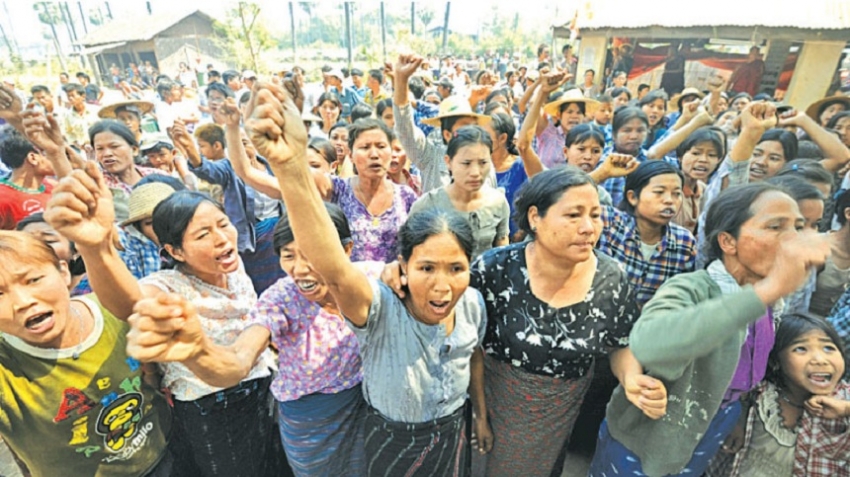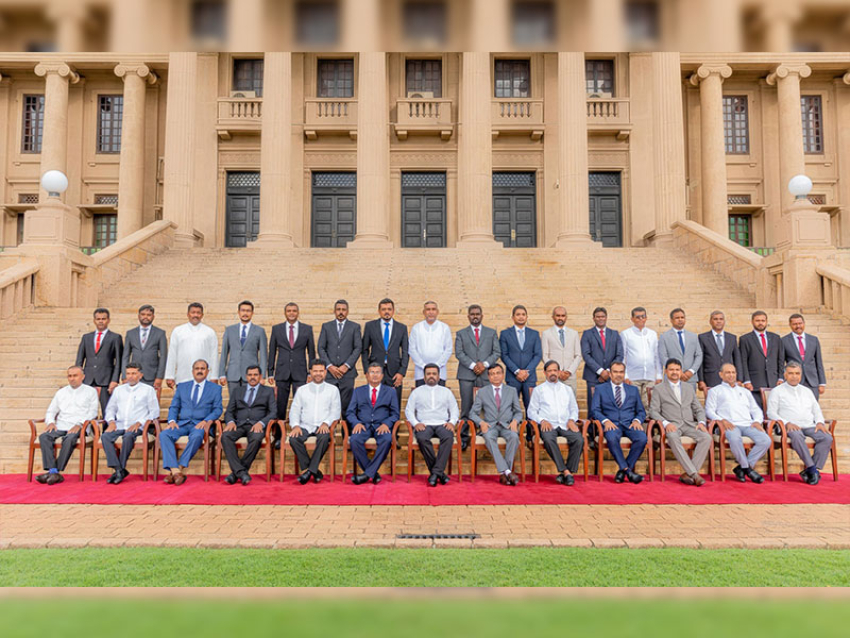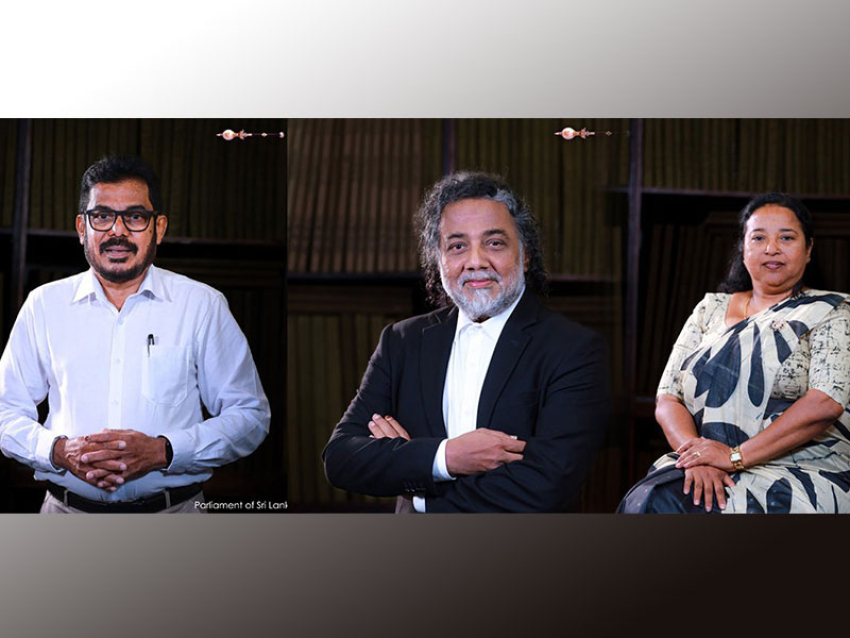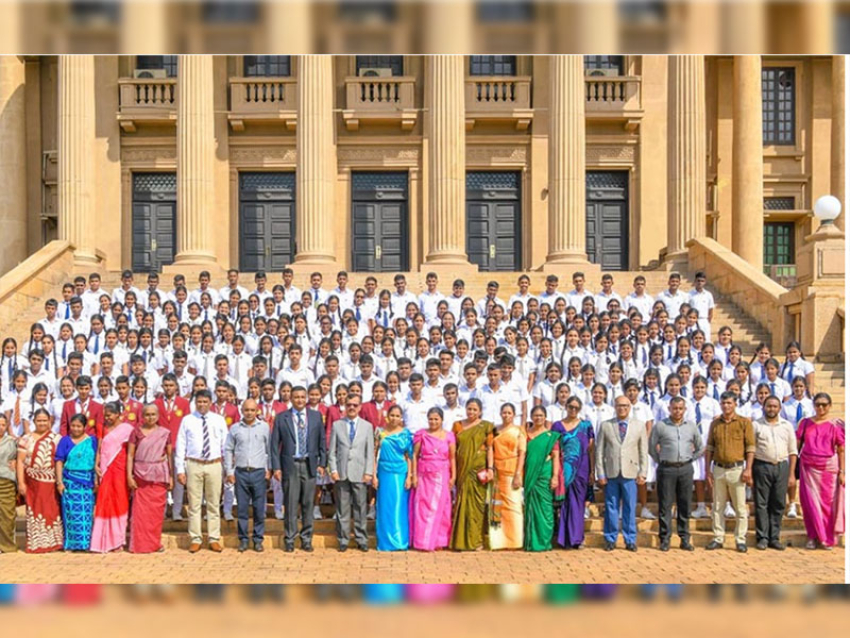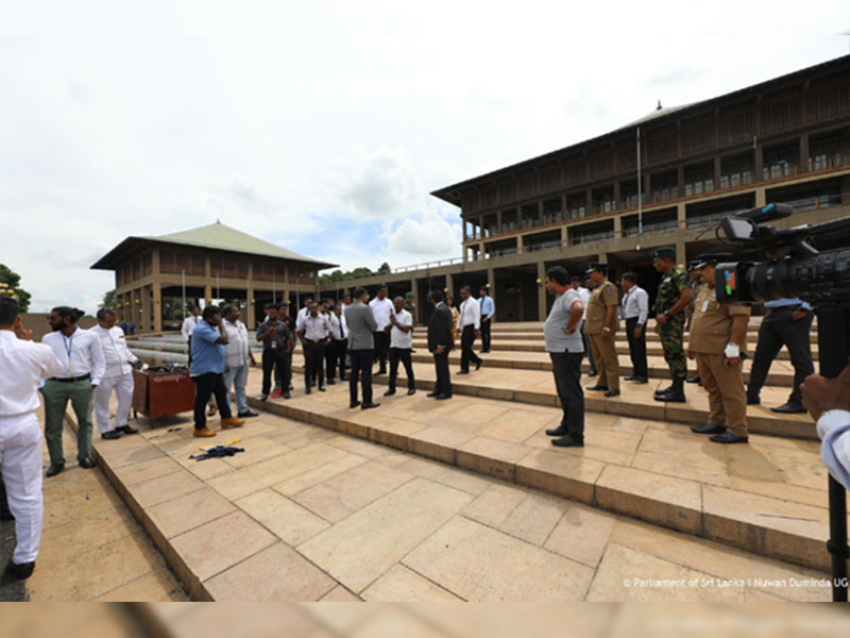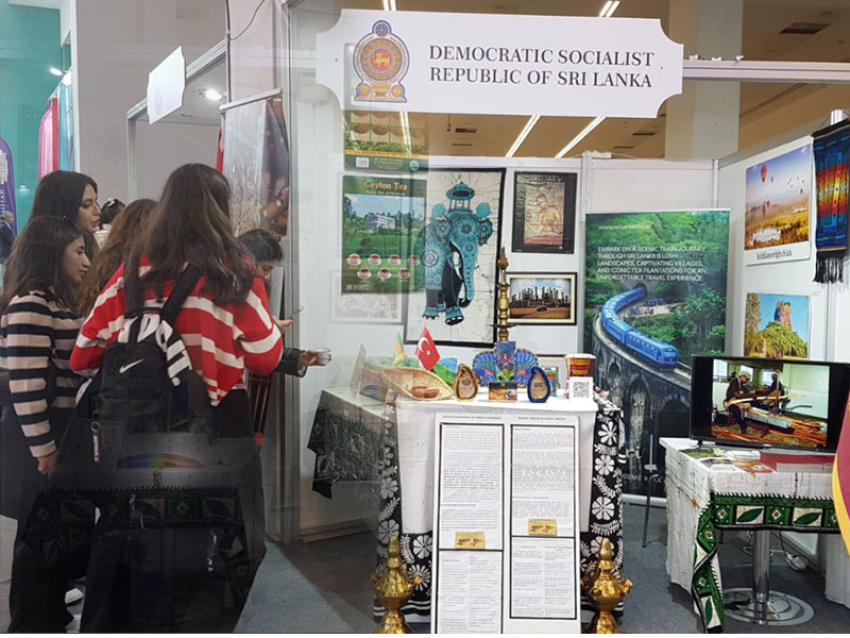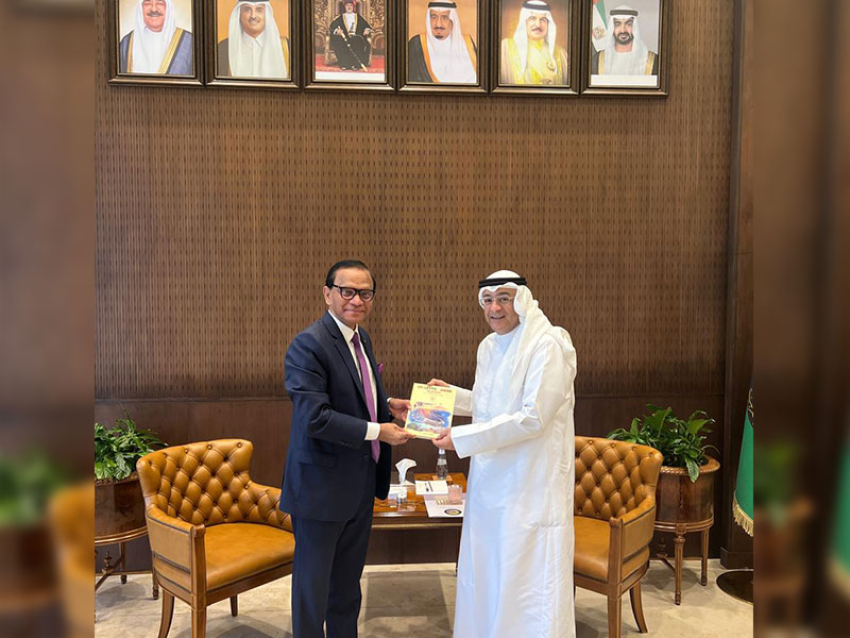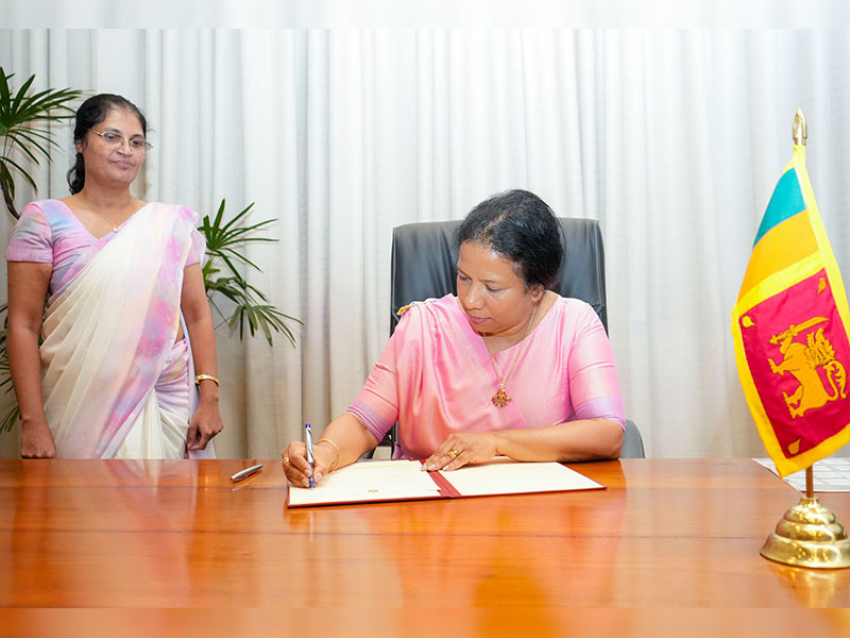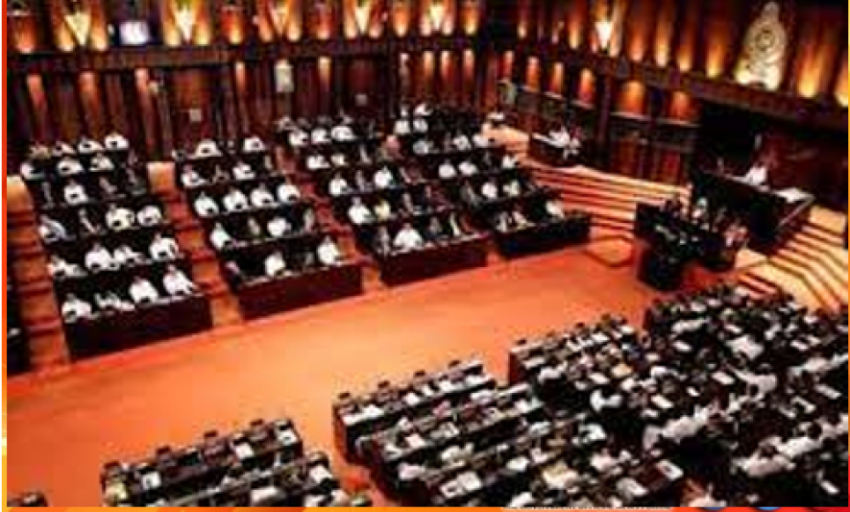Aung San Suu Kyi’s government has not been the game changer for women that many hoped it would be.Having women play a central role in political activism and robust leadership is not unknown in Myanmar. In fact, as early as 1992, Aung San Suu Kyi, the country’s present de facto leader, came to be popularly known as an international symbol of democracy and resilience due to her untrammelled moral rectitude, dignity, and immense determination. Yet patriarchal, cultural, and institutional constraints have continued to distort women’s participation within both state and non-state governance bodies, from the national levels to the local levels.
High hopes were raised for a reversal of this trend with the remarkable victory of Suu Kyi’s National League for Democracy (NLD), which brought with it a fresh influx of female lawmakers into the newly formed, quasi-civilian government. Moreover, with the country’s key decision-maker being a woman, there were augmented expectations that concrete steps would be undertaken to support female representation in the government.
However, despite the initial sparks of positivism, women’s participation in the state and national parliaments remains limited through today — not only in terms of numbers but also regarding the extent to which their voice translates to policy change. In order to secure power in the upcoming 2020 elections, the NLD has much to gain if it acknowledges the contributions made by women, provides them with greater political decision-making roles, and develops a comprehensive gender policy targeted towards their empowerment.
Has anything changed for the better?
The process of unprecedented reforms and democratization in Myanmar, along with international pressure, expanded the scope of discussion on gender equality and women’s rights — something that was missing for more than half a century under the military dictatorship.But there has been little in the way of concrete change beyond an increase in the number of women politicians, which although significant, continues to remain highly unsatisfactory.
At the 2010 elections, which marked the end of the authoritarian military regime and the beginning of the quasi-civilian government — though the polls were boycotted by the NLD for a lengthy list of reasons — women won 36 out of 1541 parliamentary seats nationwide, with 11 women out of 224 legislators in the upper house, six women out of 440 in the lower house, and 19 women out of 665 members of the different state and regional assemblies.
In light of such discriminatory statistics, many hailed the 2015 elections for affording a greater opportunity to women to participate in representational governance as the number of female parliamentarians increased significantly to a total of 151 elected seats. Within the national parliament, 23 women were elected to the upper house and 44 to the lower house, forming a paltry of 13.7 percent of all the elected members.
At the state and regional level, 84 women were elected. In addition, two female candidates were appointed by the military to the lower house and two at the state and regional level.Currently, women, who make up over 50 percent of Myanmar’s total population (28,256,701 of 55,708,935 total people) occupy just 44 of the 433 seats in the lower house of the parliament and 23 of the 224 seats in the upper house.
Despite their recent gains, women continue to face myriad obstacles in participating effectively in politics. Political parties, which present an important entry point for women to increase their participation in political leadership, are also not doing enough to address the institutional and cultural constraints to gender equity.
NLD continues to undermine women’s participation
The marked increase in women’s political participation has often been credited to the NLD’s strategy to prioritize women. The party fielded 150 female candidates in the 2015 elections, out of which 134 were elected. As a result, the NLD represented the highest percentage of women within the parliament. While that strategy might have got NLD much-needed traction and ultimately worked in its favour to win the elections, a deeper analysis of the situation demonstrates that, like any other political party, the NLD has don little to support women’s political representation in Myanmar.
For starters, the NLD manifesto section on women, although containing positive sentiments about the inclusion of female representatives in the nation’s sociopolitical framework, lacks any specific policies that would improve the situation — such as potential reforms to the electoral system or consideration of a gender equality policy in various governance mechanisms. The absence of a comprehensive agenda demonstrates the NLD’s lackadaisical attempt to address the issue without providing an actual direction to achieve the desired outcomes.
Similarly, on various occasions NLD party members, including Suu Kyi herself, made compelling promises to include more and more women in their ranks. Yet they put forward only 150 female candidates in the 2015 elections, which is about 15 percent of those representing the party, as compared to 30 percent female candidates listed during the 2012 by-elections.
According to NLD spokesperson U Win Thein, this low number was because many women were “green,” “inexperienced,” and supposedly “lack confidence to be involved in politics.” This perception was reiterated by Nan Khin Htwe Myint, an NLD central committee member, who suggested that women are overwhelmed with responsibilities of the “kitchen and changing the flowers of the Buddha,” which is why they can’t give their full attention to politics like men.
- The Diplomat


